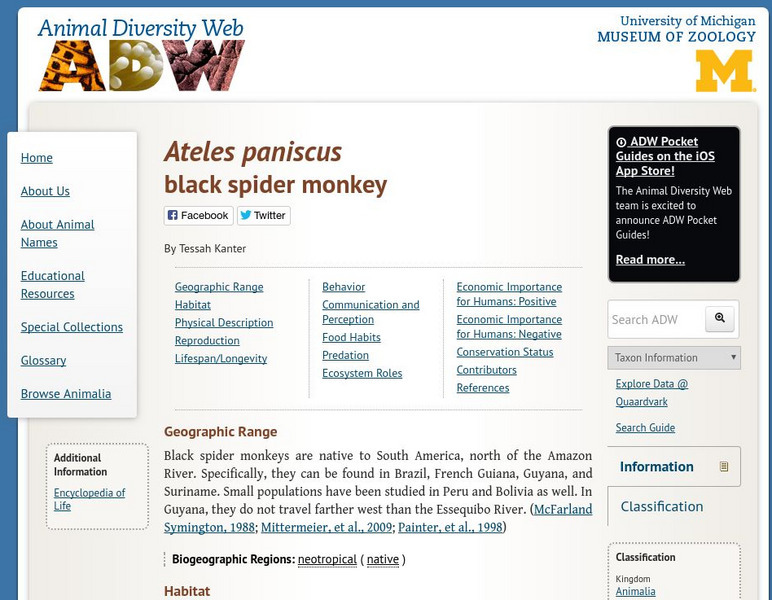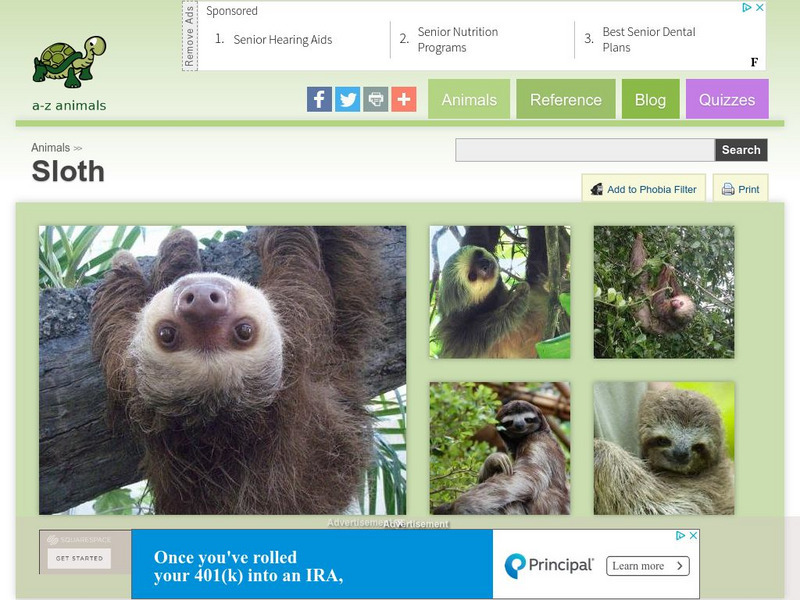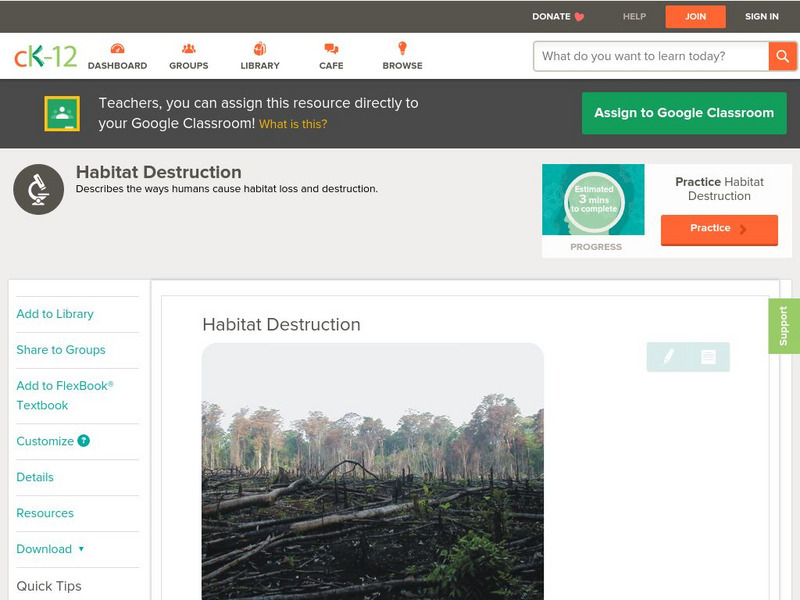Regents of the University of Michigan
Animal Diversity Web: Black Spider Monkey
Factual information is provided on the following topics: geographic range, habitat, physical description, reproduction, behavior, diet, economic importance, and conservation status.
Math Science Nucleus
Math/science Nucleus: Snail Animation
This animation tells the story of a murder investigation taking place among a group of gastropods. The behavior and nature of snails is discussed along with strange habits.
PBS
Pbs Teachers: Scientific American: The New Zoos: Polar Bear Picnic
Explore zoos and the change in animal care, and research the physiology and habitats of polar bears. Investigate the difference between what is essential to survive and what is desirable in an enriched environment.
Regents of the University of Michigan
Animal Diversity Web: Honey Badger
Overview of the honey badger, with information about physical characteristics, geographic range, reproduction, behavior, and habitat.
Regents of the University of Michigan
Animal Diversity Web: African Buffalo
General reference material on the African, or Cape, buffalo, with information about physical characteristics, geographic range, classification, reproduction, behavior, and habitat.
PBS
Pbs Teachers: Scientific American: Prime Time Primates: Chimps Count
Explore the techniques and steps in training an animal by attempting to train a classmate to perform a simple task without using known words. Train him or her to respond to a vocabulary of nonsense words with hidden meanings.
A-Z Animals
A Z Animals: Animal Facts: Poodle
Provides a photograph and facts about the poodle. Discusses unique characteristics, behavior, temperament, and what makes it a popular choice for a pet.
A-Z Animals
A Z Animals: Animal Facts: Siamese
Provides photographs and facts about the Siamese cat. Discusses their origin, popularity, lifespan, temperament, and behavior.
A-Z Animals
A Z Animals: Animal Facts: Sloth (Choloepus Hoffmani)
Provides photographs and a fact card about the sloth. Discusses where they can be found, physical characteristics, diet, locomotion, and mating behavior.
Other
Animal Corner: Great White African Pelican Birds
Overview of the Great White Pelican including facts on physical characteristics, habitat, diet, and behavior.
Vision Learning
Visionlearning: Biology: Galapagos Finches
Interactive animation illustrates how Charles Darwin used his study of finch beaks to explain evolution. A phylogenetic tree diagram shows how the birds' color and beak shape changed over generations.
Sea World Parks & Entertainment
Sea World: Marine Mammal Training
Learn how SeaWorld trains its marine animals.
Sumanas
Sumanas Inc: Life: The Science of Biology: Time Compensated Solar Compass
How do birds know what direction to fly when they fly south for the winter? This tutorial explains circadian rhythm using an experiment performed with pigeons.
TED Talks
Ted: Ted Ed: Cannibalism in the Animal Kingdom
Until recently, scientists thought cannibalism was a rare response to starvation or other extreme stress. Well-known cannibals like the praying mantis and black widow were considered bizarre exceptions. But now, we know they more or less...
National Endowment for the Humanities
Neh: Edsit Ement: Fable and Trickster Tales Around the World
The lessons presented in this website "introduce children to folk tales" and how these folktales are changed and affected by generational and cultural values. Includes several links to further related information on folktales, fables,...
PBS
Pbs Teachers: Scientific American: Prime Time Primates: The Mating Game
Emulate the work of primatologists by observing animals in a zoo environment. Record observations as entries in a journal, and prepare a final report of your conclusions.
Other
Nanoos: Satellite Tracking [Pdf]
In this activity, students will be introduced to satellite tracking data. This data allows students to track the movement of marine animals over time. By the end of the activity, students will be able to answer questions related to...
TED Talks
Ted: Ted Ed: How Do Schools of Fish Swim in Harmony?
Nathan S. Jacobs explains the concept of emergence, the spontaneous creation of sophisticated behaviors and functions from large groups of simple elements. [6:07]
CK-12 Foundation
Ck 12: Life Science: Habitat Destruction
[Free Registration/Login may be required to access all resource tools.] From a human point of view, a habitat is where you live, go to school, and go to have fun. Your habitat can be altered, and you can easily adapt. Most people live in...
Sheppard Software
Sheppard Software: Animal Profiles: Spiders
In-depth description of a spider, including its behavior, appearance, reproduction, and classification.
Encyclopedia of Earth
Encyclopedia of Earth: Noise Pollution
Explains what noise pollution is, sources, the effects of noise propagation, the impact on health and on human and animal behaviors, strategies for reducing the effects of noise, and standards in place for regulating noise pollution....
Other
Elephant Voices: Ele Quiz
Three interactive quizzes on the topics of elephant families, getures, and vocal communication. After each ten-question quiz, the correct answers are shown for review.
Society for Science and the Public
Science News for Students: Wet Dog Physics
Describes the physics behind animals' ability to dry themselves by shaking to remove water.
Alabama Learning Exchange
Alex: Importance of Fur for Animals
This is a lesson to teach students how to read a thermometer and gain an understanding of why fur is important for some animals' survival.
Other popular searches
- Animal Behavior Experiments
- Wild Animal Behavior
- Animal Behavior in Termites
- Animal Behavior of Fish
- Domestic Animal Behavior
- Animal Behavior Lesson Plans
- Biology Animal Behavior
- Animal Behavior Labs
- Animal Behavior Lab Betta
- Dance and Animal Behaviors
- Animal Behaviors Betta
- Innate Behavior Animal























